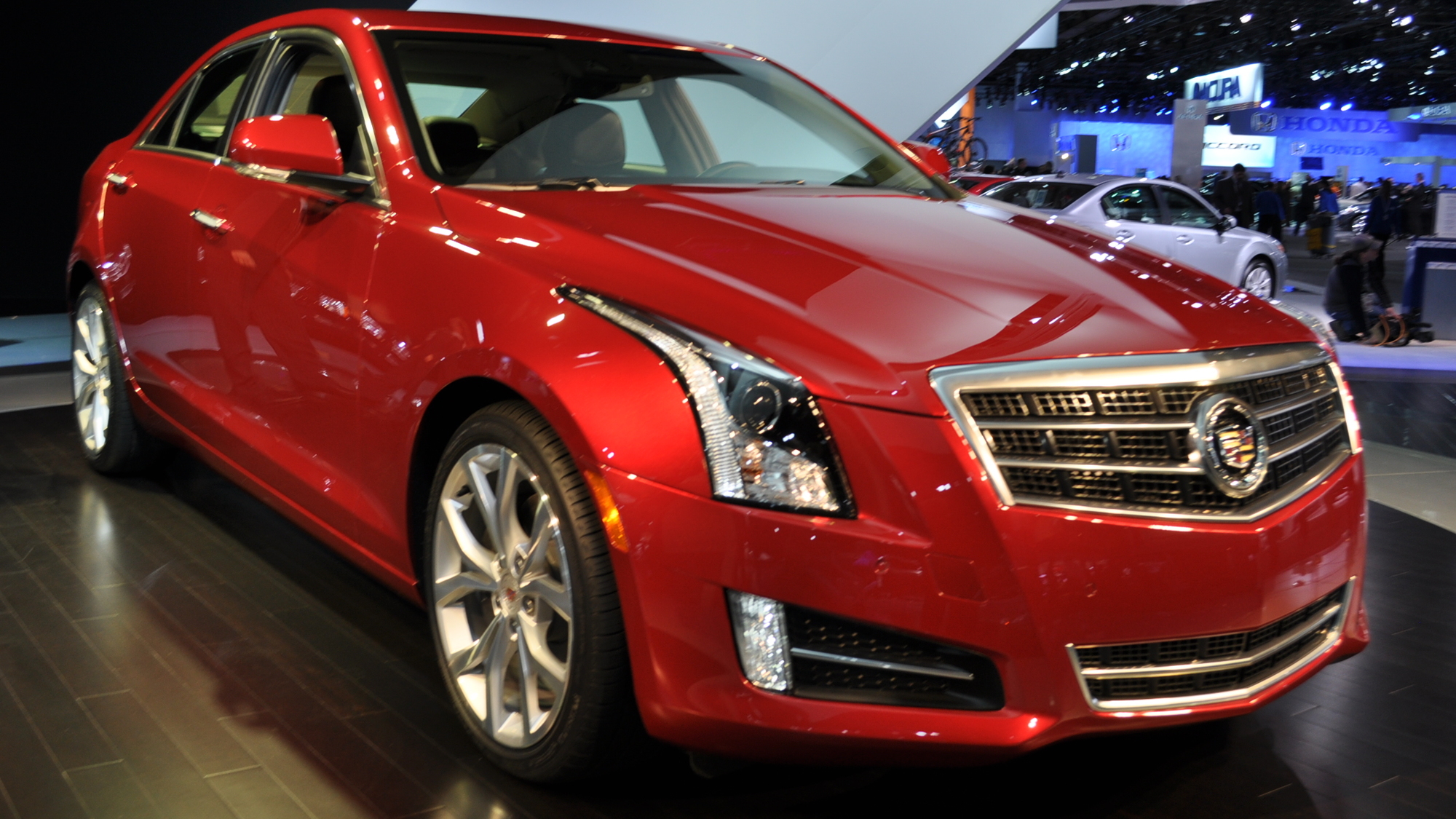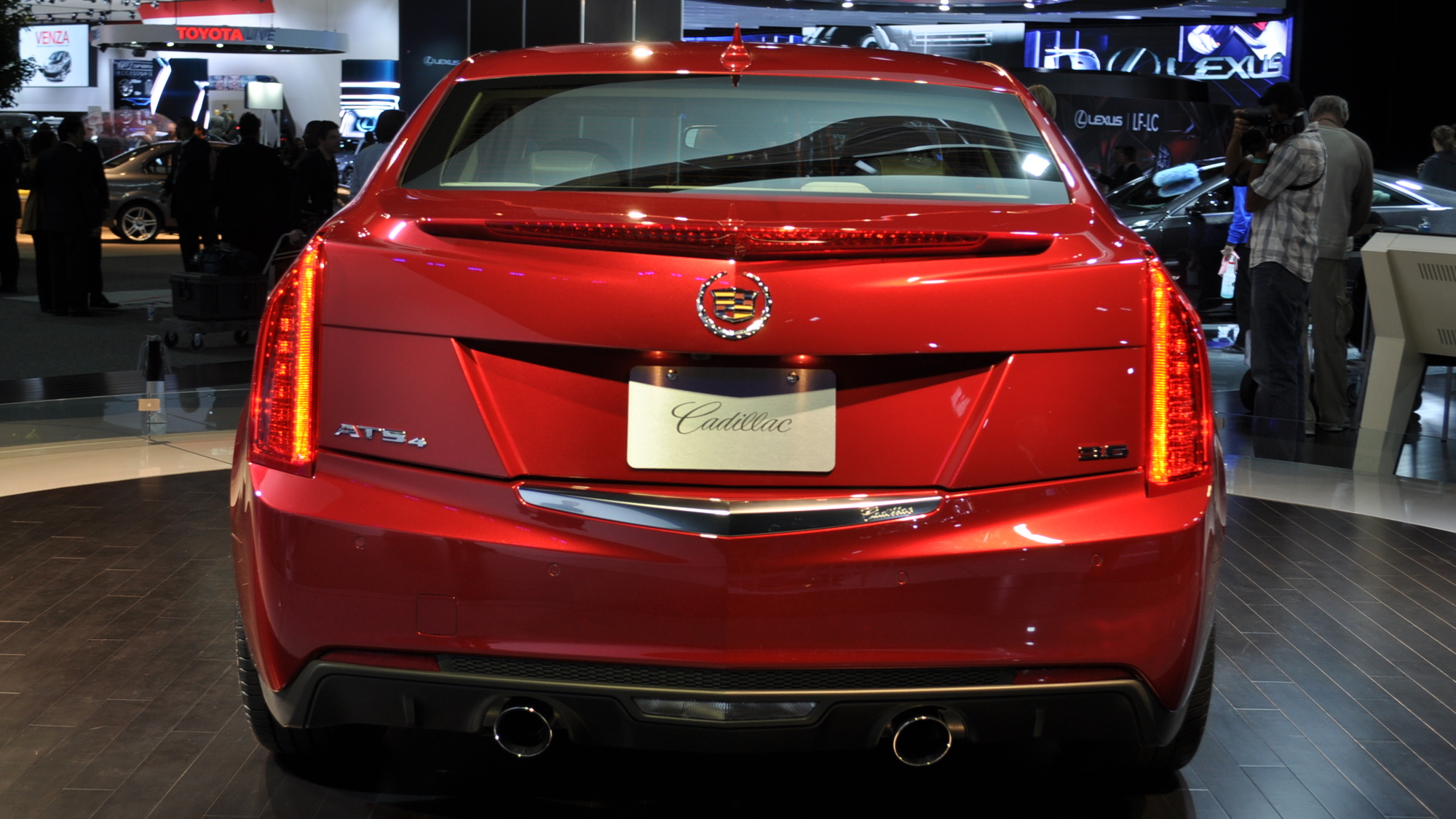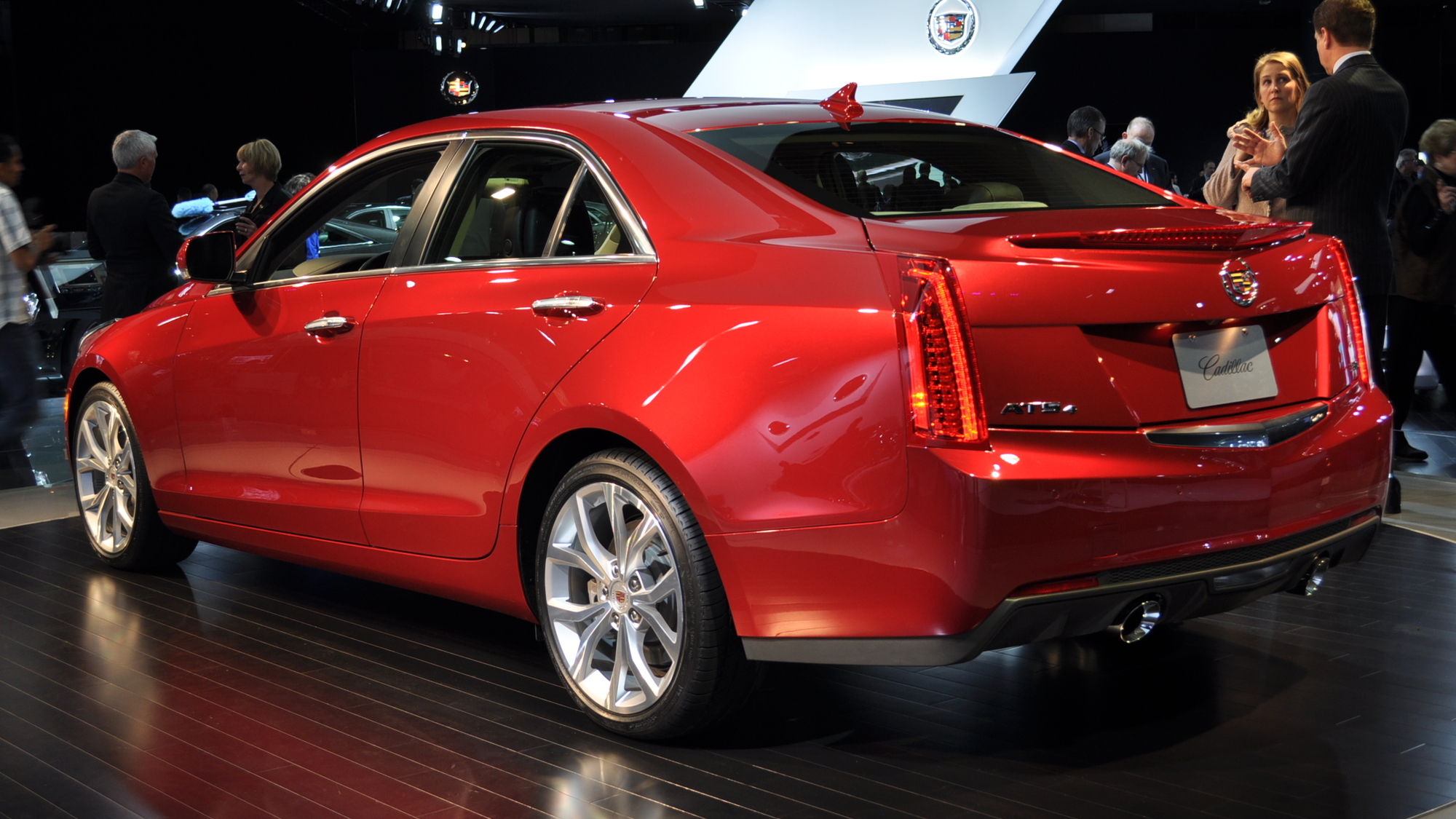With a curb weight of less than 3,400 pounds, the 2013 Cadillac ATS is the lightest sport sedan in this class, and it has a perfect 50/50 weight balance.
In an interview with ATS chief engineer Dave Masch this week, at the Detroit Auto Show, we asked Masch to outline how long it took to develop the sport sedan and what the earliest steps were.
Benchmarked the cars—and the owners
“We started on this product five-plus years ago—all-new architecture, started from scratch,” explained Masch. “We benchmarked every one of our competitors—the BMWs, the C-Class, the A4, Lexus—and then we actually spent time with owners of the competitive cars, in their cars and in their homes, to find out what they liked and didn't like about their cars as well.”
According to Masch, it took them about two years just to work through the details and fundamentals of the architecture, before even getting to the styling and design.
And from that point on, design and engineering went hand-in-hand, as the team wanted a result with some very specific design qualities and specs. The design of the motor-compartment rails, the suspension geometry and attachment points, and the positioning of the engine (lower and just behind the front wheels) were all considerations to get a low center of mass, an ideal weight distribution, and optimal dynamics, he explained.
Light weight was the target
“Everything was thought through to be very efficient, so that we could achieve a very light weight design—and in this class of car, that's what it's all about,” said Masch. “Very simply stated, F=ma, and so if you want to have higher acceleration and more performance without increasing the forces you have to deal with, you decrease the mass.”
But what of those weight stories, we asked Masch? At one point, earlier this year, several sources had reported that the ATS was becoming much heavier than originally intended, with curb weights approaching 4,000 pounds.
Those stories were totally incorrect and fabricated, Masch said, adding that from the beginning of the project, under order from Bob Lutz—who was then GM's global product development chief—weight was a priority.
According to Masch, the development team managed the weight of the ATS in three key ways, all while keeping in mind the priorities on performance and refinement:
1) Managing the size of the car. “We benchmarked all the competitors and looked for the most efficient designs,” said Masch. “And then we improved from there.”2) Weight-saving materials. “We did some substitution of materials...we've got magnesium engine brackets, aluminum extensively in the front end, and an aluminum instrument-panel beam.”
3) Every gram counts.“We kind of changed the culture among the team members working on this program; it was a mindset that, instead of counting kilograms, we counted grams,” said Masch. “And so the whole perspective changed; we sweated the details on the size of a fastener, and asked can we make that fastener a size smaller and still provide the function that it needs to.“
For more information, see our preview of the 2013 Cadillac ATS, or this post for more live photos from the Detroit Auto Show.






